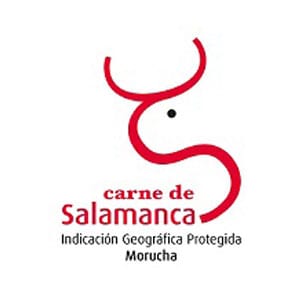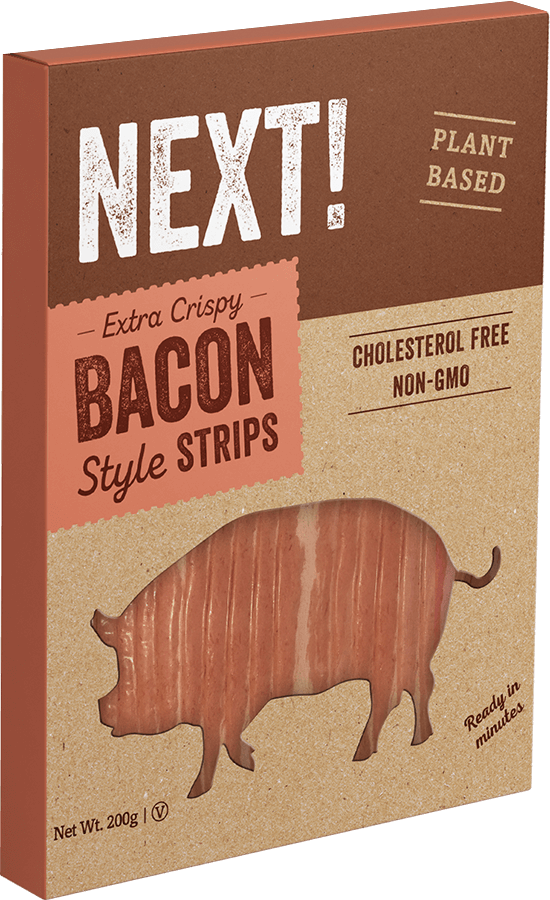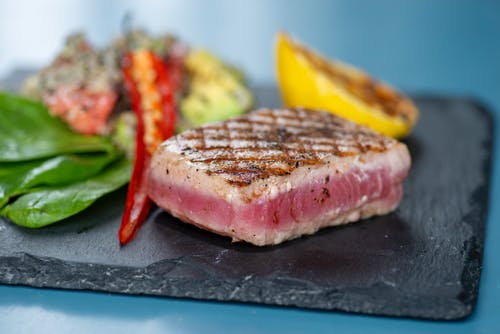
El Official Journal of the European Union has published the inscription of the new Protected Geographical Indication (PGI). The Salamanca meat has entered among these products of differentiated quality. This IGP replaces the previous one morucha meat from Salamanca.
The breeding and production of cattle suitable for the production of Salamanca meat It is deeply linked to a specific geographical environment, the dehesa, of great ecological value.
The production system in this environment is characterized by the way in which farmers perpetuate traditional practices. Based on the adaptation of cattle to the resources of the pasture. With the aim also that the cattle are not stabled at any time of the year. The animals live permanently outdoors with no shelter other than holm oaks.
Breeding processes respect natural cycles. The calf is born in the field and stays with the mother for five to seven months. During this period it feeds on natural lactation and takes advantage of the pastures.
Cattle suitable to supply meat protected by the PGI will be obtained from breeding females of the breed morucha. Both of its breeding in purity and that obtained from its crosses with Patent and Limousin. These are weaned with a minimum age of 5 months. Then, they are treated according to the techniques and uses for the use of natural resources in an extensive regime.
Types of animals to obtain the meat of Salamanca
Considering the age of the animals before slaughter, the following types are distinguished:
• Veal: It is intended for slaughter at an age less than or equal to 12 months.
• Yearling: goes to slaughter with an age greater than 12 months and up to 24.
• Steer: It is slaughtered when it is older than 24 months and up to 48
The minimum maturation period of the meat starts counting from the day of slaughter. Thus, it is 2 days for veal, 4 days
for the yearling and 6 days for the steer.
The channels of Salamanca meat They are characterized by having a degree of thickening that is little covered on the outside and on the inside of the thoracic cavity.
This meat has a slightly fibrous texture due to a greater fineness of muscle fibers. Its color is of great intensity and brightness that varies between pink to purple-red. The infiltrated fat appears well distributed without forming clumps with a color that varies from white to yellow or cream. All this gives the product characteristic flavors and aromas.
The geographical area of production is centered on the Autonomous Community of Castilla y León. Specifically in the province of Salamanca.






